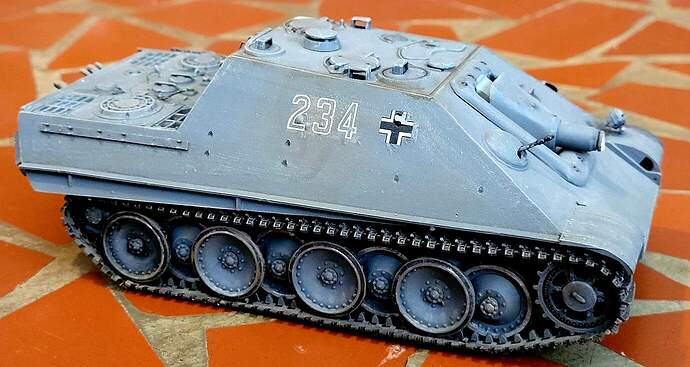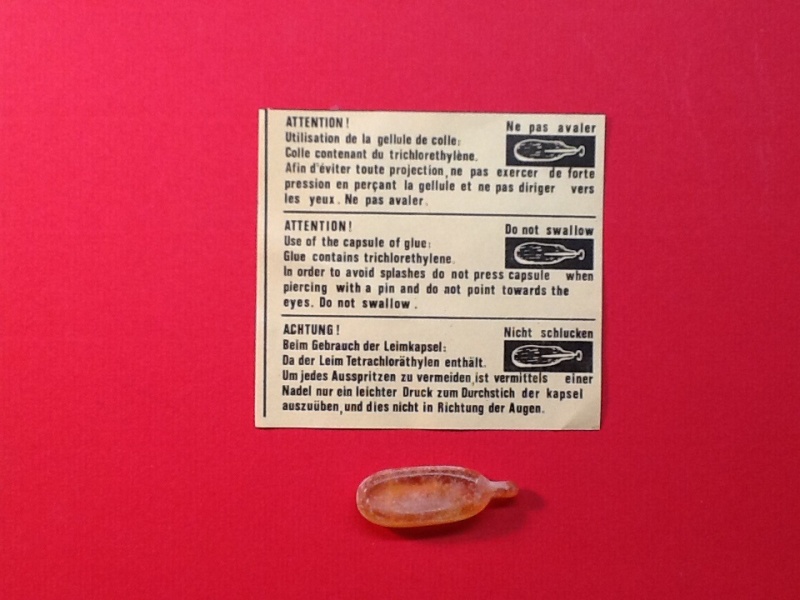It came up on another thread about mistakes we made when we were kids in the hobby, pre-internet days. On the understanding that most of us were doing this hobby in 70s/80s/90s but went back to it recently for one reason or another, but I guess there are probably a few who never left it. Either way, it was a VERY different hobby back then. Maybe more innocent somehow. But for sure more “creative” ![]()
Of course we have the internet now so mistakes are harder to make but back in the day I’m sure we all had some funny things we got wrong.
For me, I have a couple.
I was one of those kids who over-thought stuff (and I still am now) but I remember aged eight or nine (circa 1987) being utterly flummoxed by the idea that German WW2 soldiers wore “field grey” uniforms but that the little Humbrol tins I used that said “field grey” were an odd shade of green. I had watched a load of war movies and to my mind the green guys were the Americans and Japanese. The Brits were khaki. The Germans had grey tanks and vehicles so in my mind I figured that Humbrol must have got it wrong. So I painted my German soldiers in the same panzer grey as their vehicles. It made perfect sense to me at the time.
The first proper Tamiya 1/35 kit I built was their Flak 37, but I remember the follow-up was their fantastic Horch with towed Flak 20mm kit with the soldiers in the back. Man I loved that kit. I built and painted the living crap out of it hahahaha. It never occurred to me that the soldiers wouldn’t be wearing SS pea dot camo in Afrika Korps liveried vehicles but I was SO DAMNED PROUD of that build.
I remember buying the Tamiya Panther A and being flummoxed again at the colour callouts. Panzers were painted grey, right? I’ve seen Bridge Too Far and Battle Of The Bulge, I know what I am talking about. Panzers = grey. So why was silly Tamiya telling me to paint it in this weird desert yellow scheme? I didn’t have any desert yellow left so I thunk on it for a while and figured the grey or yellow wouldn’t matter that much because it was covered in mud anyway, so may as well do a dark grey base coat and then stipple on green and brown in vague camo patterns as per the Tamiya instructions. Kind of a late war compromise. It looked pretty much as you would expect it to.
I had a pot of Humbrol “skin” tone which was this weird lurid almost dayglo whitish pink. It said flesh on it so that was what I used. I didnt know about washes or highlighting, or even thought at all about what colour human skin was vs what the Humbrol tins said it was. So there were some interesting German troops riding motorbikes and humping MG42s in long panzer grey greatcoats with incandescent skin tones. I saw a picture once of a guy painting the eyes on his models so I tried. Bear in mind i only had one brush, a shiny plastic bristle pound shop one which didn’t hold any paint, just sort of moved it around. Suffice to say it didnt go well. So not well in fact that I decided he must be a casualty so added him to a diorama as a dead body. the posture looked weird so I had a bright idea. If I can melt sprue to make antennas, then I can melt the plastic to change the body shape to bend the figure into a dead body. I managed not to burn the house down or burn myself too badly, but the figure was… well he looked like he was having a tough day.
I remember building the joyous Tamiya M41 and I’d run out of any green paints in all my Humbrol tins. So I decided to build it in the green plastic and then use an old bottle of Testors brown to add brown tiger stripes to make it look like a field applied Vietnam camo. It actually looked really good, I was really chuffed with it.
What about you guys/girls?
Any stories to share?



